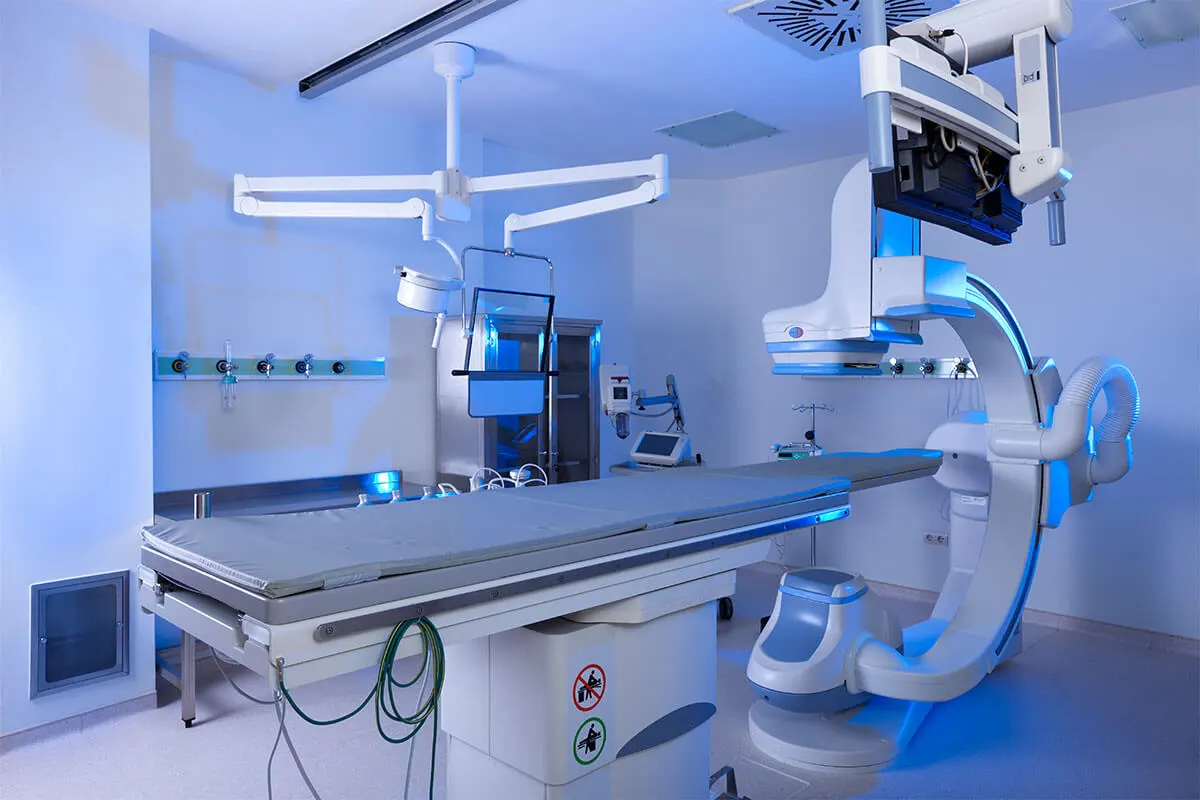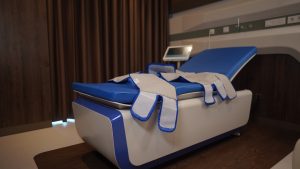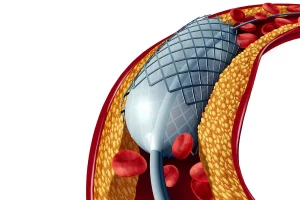Wrist (Radial) Angiography
How to Perform Angiography from the Wrist or Arm (Radial)
Coronary angiography, or angiography from the arm, is a procedure performed to visualize any vascular system in the body, monitor blood flow in the vessels, and identify narrowings or blockages in the arteries.
Angiography can be performed for all blood vessels in the body. It is quite common to perform angiography for cerebral arteries, eyes, heart, and legs. When performed for the coronary arteries, it is referred to as coronary angiography.
During this procedure, the right groin artery is typically preferred, but angiography from the radial artery in the wrist or the brachial artery in the elbow region is increasingly being practiced.
The angiography procedure is completed in approximately 10-15 minutes, excluding preparations. At the end of the procedure, the tube placed in the artery is removed. Pressure is applied for a while to prevent bleeding in the area.
After the bleeding stops, the area is dressed with a bandage. In the case of angiography from the arm, the patient can be discharged after 1-2 hours of observation.
Improper application of pressure in the area can lead to bleeding, bruising, swelling, and pain. If there is an accumulation of blood in the subcutaneous tissue or if there is any damage at the site of vascular entry, the patient may require local surgery.
Why and how is arm angiography performed?
When angiography is performed from the groin, after removing the sheath from the artery, pressure is applied to the site manually for 10-15 minutes, followed by the use of a sandbag, and the patient is required to have at least 6 hours of bed rest.
In some cases, the pressure applied to prevent bleeding can cause compression of the vessel, leading to pain, bleeding, hardness, and bruising in the area, especially in obese individuals.
For these reasons, early discharge of the patient after angiography and performing angiography from the upper arm is considered appropriate to avoid these complications in obese patients.
For angiography performed from the forearm, the essential requirement is that both arteries in the forearm are actively functioning.
Otherwise, performing angiography from the forearm can be problematic. Similar to when it is done from the groin artery, the wrist and the area above the forearm artery are numbed, and the tube inserted into the artery is advanced towards the heart from there.
Is arm angiography advantageous compared to groin angiography?
While the forearm angiography method enables patients to be discharged earlier, it is not as quick and easy for the performing operator as angiography performed from the groin.
Not every catheter can be used in forearm angiography, and there may be difficulties in adjusting and fixing the catheters in the required position, necessitating several attempts.
Therefore, the angiography procedure takes longer, and patients naturally receive more radiation exposure. Hence, forearm angiography has some disadvantages in this regard.







